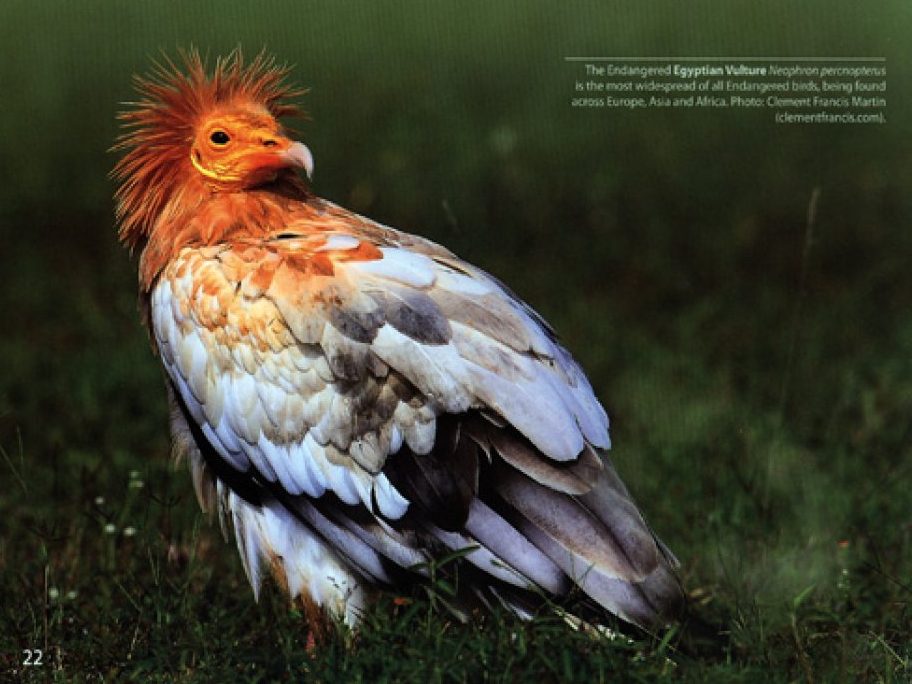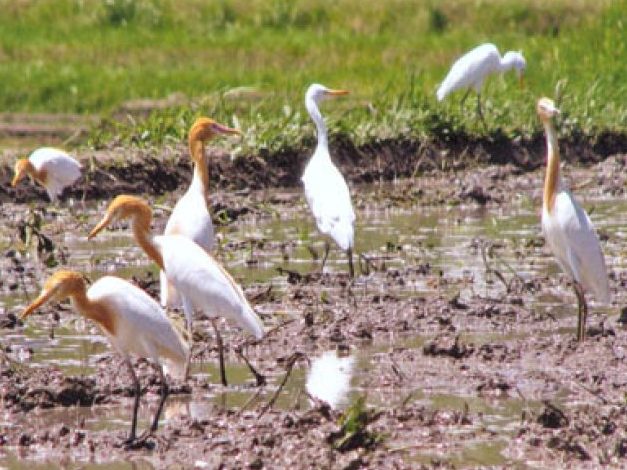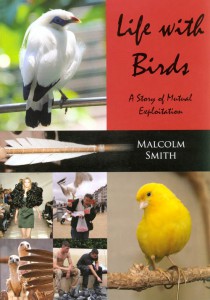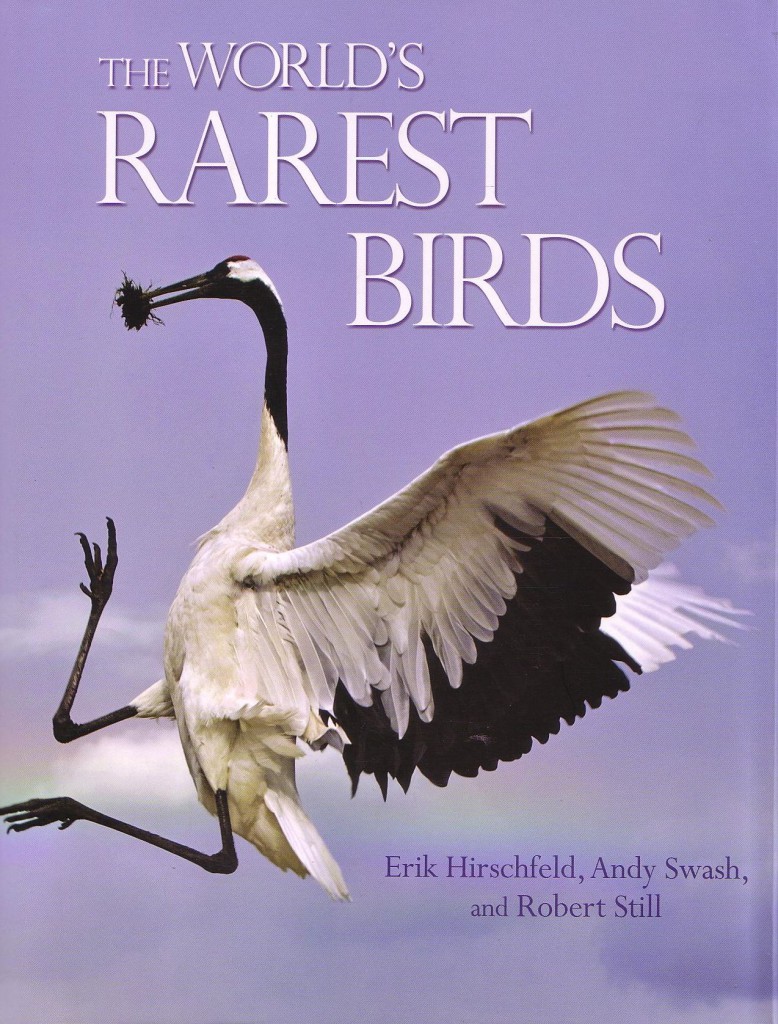 The World’s Rarest Birds is a sumptuous visual treat for birders, featuring a gallery of competition-winning bird photos from around the world. But it is more than that: Erik Hirschfeld – and collaborators Andy Swash and Rob Still – want everyone to be engaged with the plight of the rarest bird species. Here’s what he has to say about the book:
The World’s Rarest Birds is a sumptuous visual treat for birders, featuring a gallery of competition-winning bird photos from around the world. But it is more than that: Erik Hirschfeld – and collaborators Andy Swash and Rob Still – want everyone to be engaged with the plight of the rarest bird species. Here’s what he has to say about the book:
The World’s Rarest Birds compiles information from many different sources and represents a great conservation collaboration. What were your aims in writing the book?
I wanted to give the term “bird conservation” a more recognizable face. In order to evoke feelings, funds, and engagement for a cause, it is essential to make the cause recognizable. By presenting each one of the world’s rarest species in text and image, and sorting them in a geographical context, there is a bird for everyone: regardless of where you live, it should be easy to find the birds in your vicinity. I work much with beginners to birding, as a guide and lecturer, and the taxonomic order does not make sense to them. I think it is important to convince these newcomers about the conservation needs. It does not matter if you are a beginner or expert, Swede or Polynesian – there is a bird in the book that everyone can feel for in conservation terms. And that was my aim, as I think it is extremely important to spread knowledge about endangered birds.
Could you tell us a little about how you became a fully fledged conservation author?
My professional career is in an unrelated sector but I am basically a birder, and was heavily involved on the Swedish twitching scene in my early birding years. Over time my interest in birds has widened – I hardly keep lists any more, and I appreciate the birds’ context in nature more, as well as my own personal experiences of them. I am right now enjoying watching Rooks doing clever things on my street more than twitching a Yellow-nosed Albatross at my local patch (although I did twitch it…). I have always written: identification papers in the eighties, in British journals, and much about migration and faunistics. With the maturing of my interest it was quite obvious I should do something on conservation. I have been a staunch supporter of BirdLife International for 20 years, and am very happy that I could make them benefit from this book. It is important to remember though that the book is a team effort by Andy Swash, Rob Still and myself.
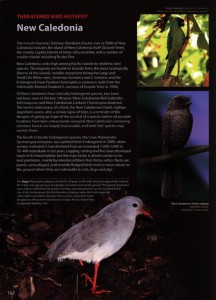 There are some beautiful and striking images in the book, which we loved. Do you feel that the images are an essential way of engaging people with the species?
There are some beautiful and striking images in the book, which we loved. Do you feel that the images are an essential way of engaging people with the species?
Yes, as I touched on in the first question. It is a matter of applying simple marketing principles from commercial contexts also in conservation and the NGO world, to make people aware of the birds. You know the old saying: a picture means more than a thousand words.
Some of the image contributions were from winners of an international photographic competition – did you get a good response?
Absolutely, I had tried it out with the Rare Birds Yearbooks so we knew it was going to be a success. The timing has also been good. With the digital photography boom, many people can take decent pictures, and you see much more camera equipment in the field now than 30 years ago when you had to wait a couple of weeks to get your films back. And we are very grateful to the photographers who submitted their images.
The World’s Rarest Birds is quite different in format and content from your previous series The Rare Birds Yearbook, did you also have a different audience in mind?
No, actually not, I thought that basically the same people would buy them. Andy Swash and Rob Still have been instrumental in the evolution to The World’s Rarest Birds and I was convinced by them from the beginning this was the way to go. I remember Ade Long at BirdLife suggesting already after the first edition of the Rare Birds Yearbooks that I should go more for photos and less for texts.
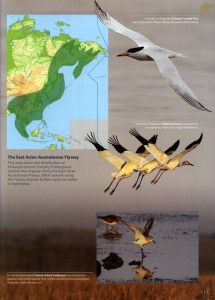 The purchase of this book contributes towards supporting the BirdLife International Preventing Extinctions Programme which is a fantastic cause. Could you tell us about any notable conservation success stories that you have seen since your involvement with the project started?
The purchase of this book contributes towards supporting the BirdLife International Preventing Extinctions Programme which is a fantastic cause. Could you tell us about any notable conservation success stories that you have seen since your involvement with the project started?
Several. The Madagascar Pochard project in which the species population recently has quadrupled. The Spoon-billed Sandpiper project with artificial hatching and building up a captive population. The project that established a breeding centre for Spix’s Macaw, and now will release birds into the wild this summer. The banning of diclofenac in the Indian subcontinent which, slowly, helps vultures. Even if they are not saved yet, it is not all gloomy! And the many dedicated people and organizations behind these and other positive trends are success stories in themselves.

